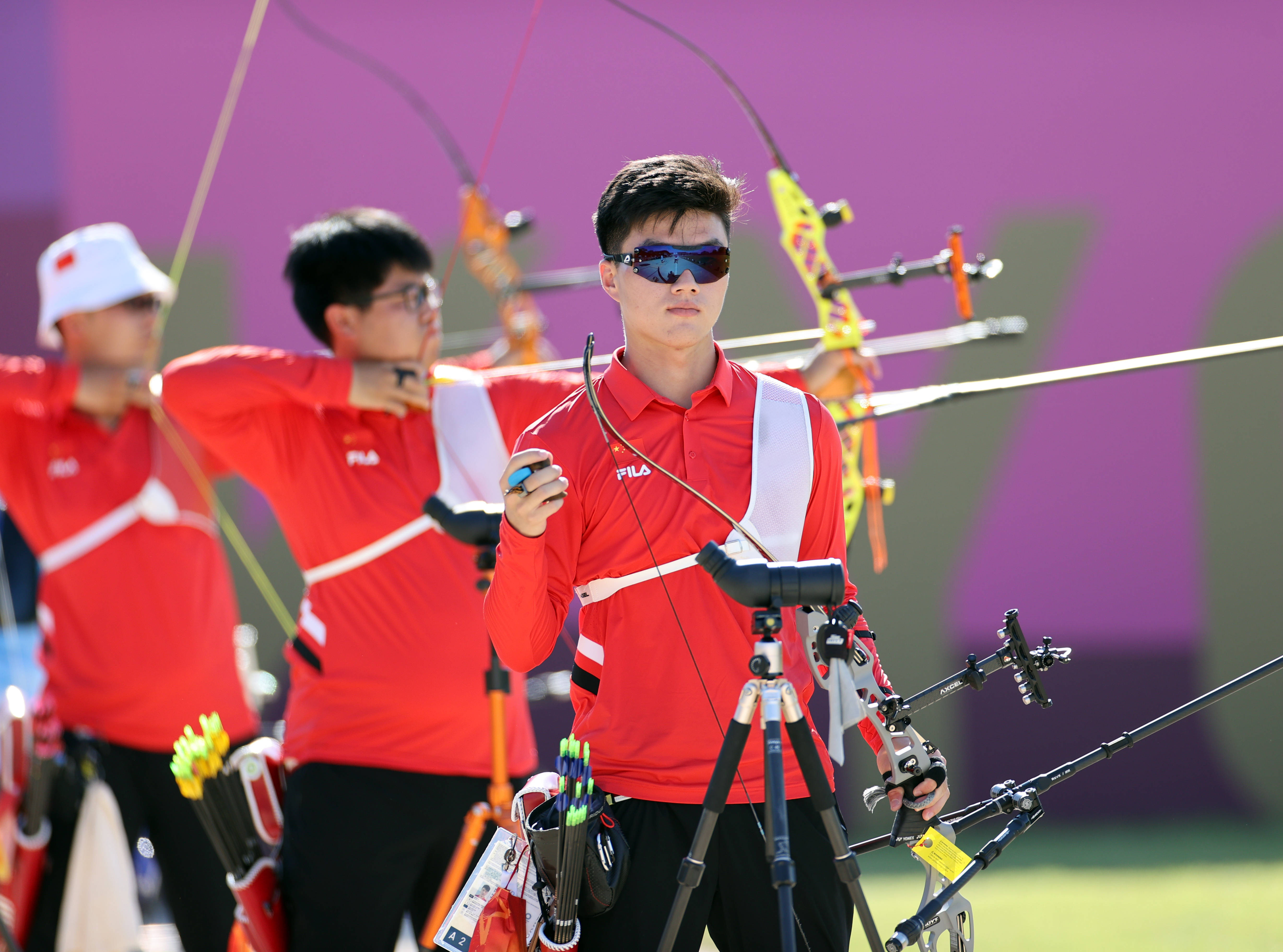Release time:2024-12-07 13:40:29Clicks:author:SPG ArcheryMain categories:Bows, Arrows, Archery Accessories

The bow sight of the recurve bow uses the tangency of the bowstring and the bow handle (or the outer ring of the front sight) to ensure the distance between the arrowhead and the eye through the same relationship between the hook hand and the lower jaw.
It can also be said that the aiming method of the recurve bow is formed by the overlap of two triangles at a certain target distance, namely, the vertical (the fixed distance between the arrowhead and the eye is extended and contracted to the target intersection through the arrow tip and the front sight) and the horizontal (the straight line of the fixed distance between the bowstring and the front sight is extended to the target intersection).
Most compound bows used in competitions use optical sights. Its bow sight is based on the recurve bow sight, and the front sight is replaced with a magnifying glass. In order to ensure the verticality of the bow push, a horizontal bubble can be installed at the bottom of the magnifying glass; a rear-view window is installed at the eye position above the bowstring and arrowhead.
In this way, a three-point one-line relationship is formed between the rifle's front sight (the aiming point in the middle of the magnifying glass), the notch (the rear-view window on the bowstring) and the target.
Looking at the magnifying glass on the bow sight through the rear-view window forms the optical principle of the telescope, and the target is magnified and clear, which is equivalent to optical aiming.
The aiming method of the compound bow is simply to center the line.
That is to say, the outer circle of the magnifying glass should be centered when viewed through the rearview window, and the aiming point in the magnifying glass should be aligned with the center point of the target.